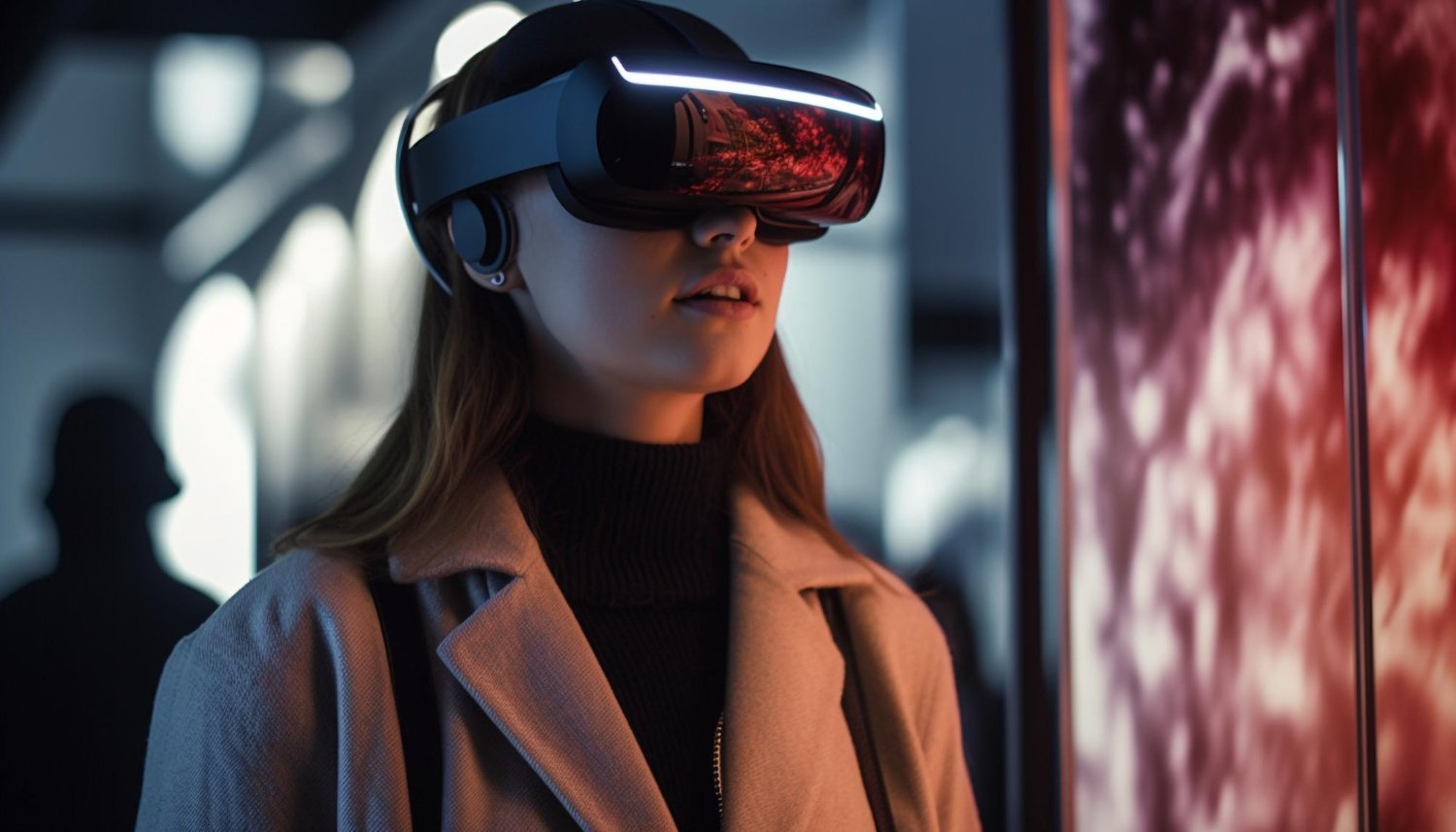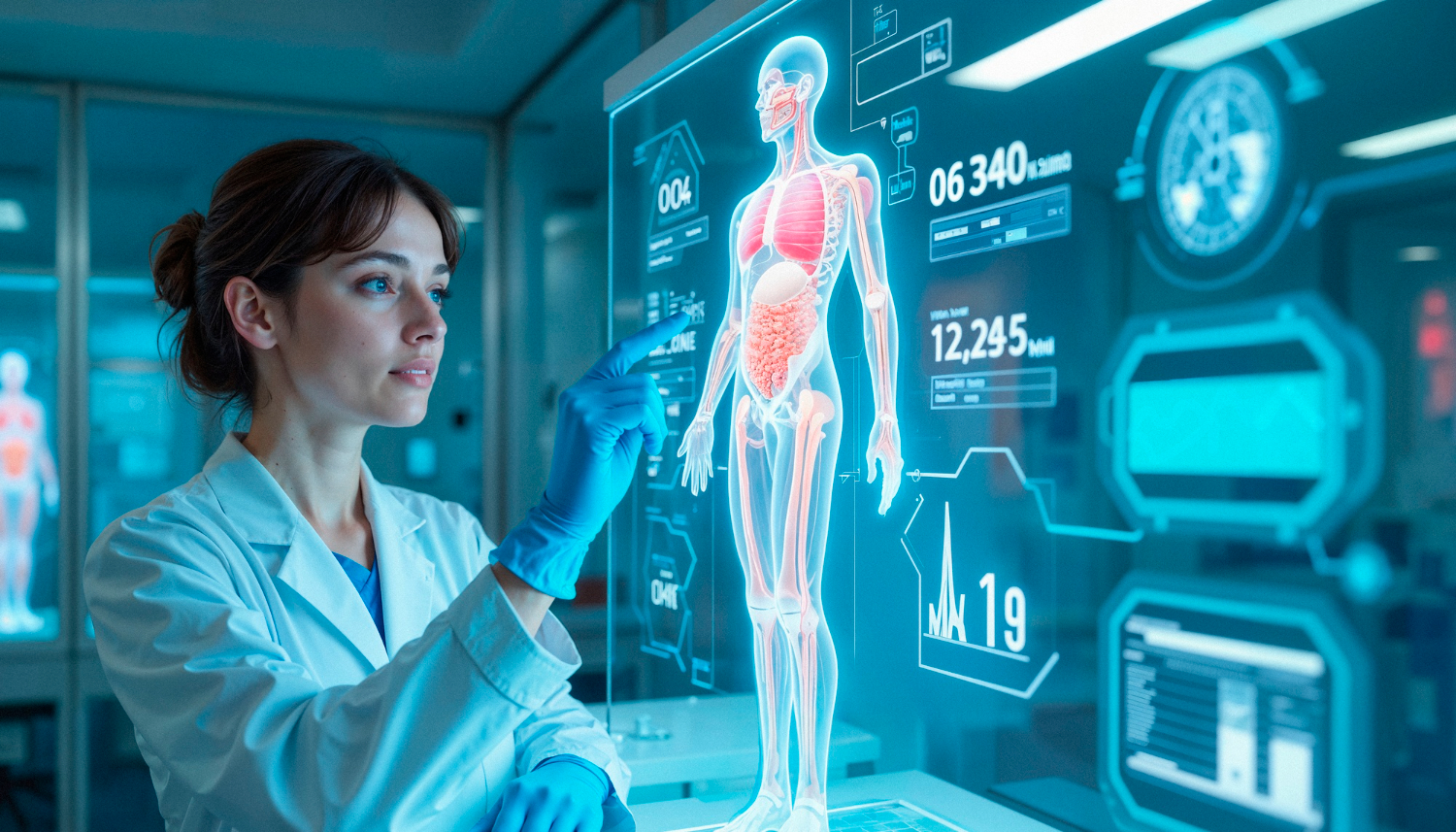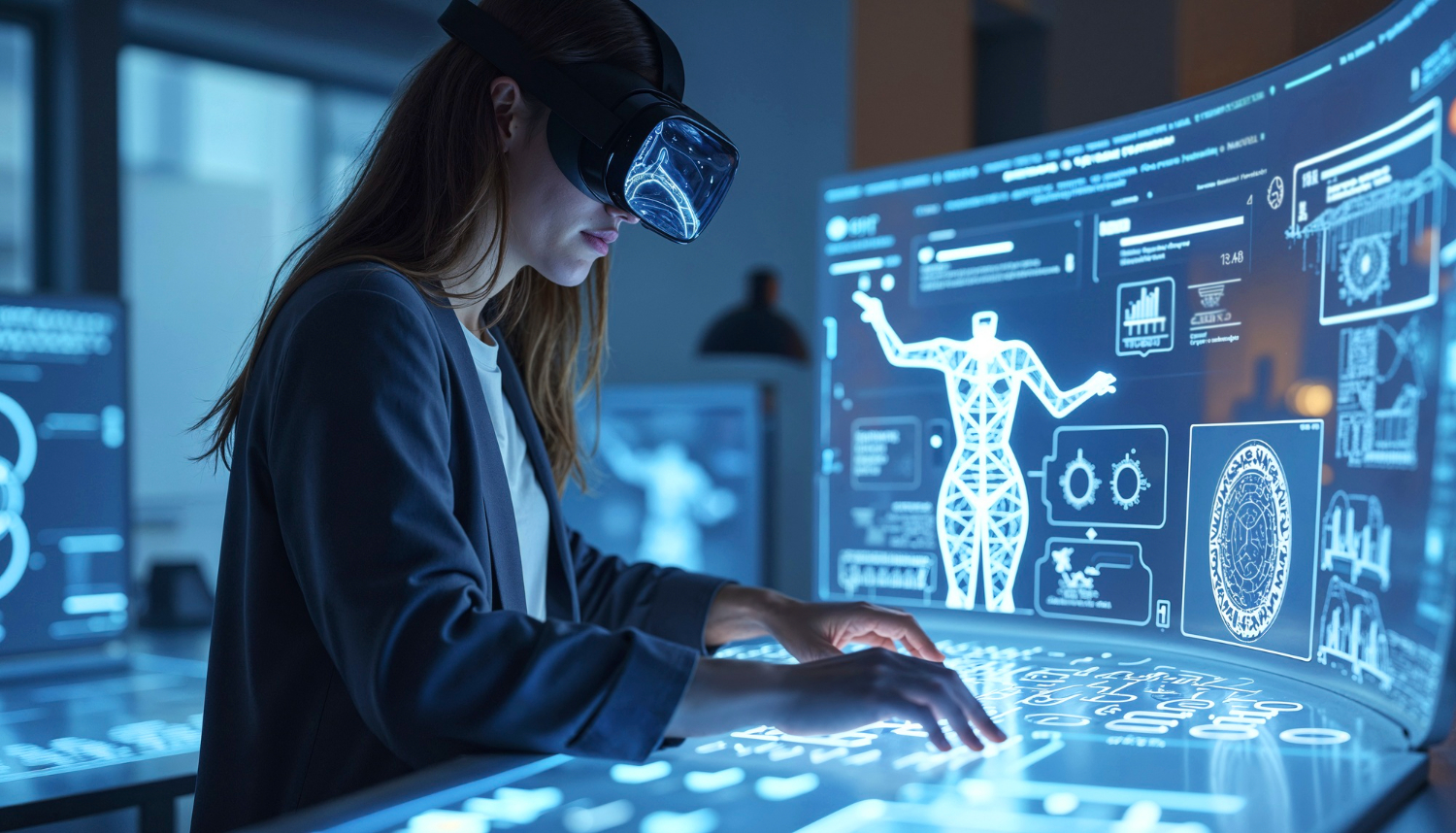Virtual reality (VR) offers immersive experiences that reshape how we work, play, and learn. But even the most advanced headsets often miss a crucial factor—how peripheral vision contributes to total awareness.
Peripheral vision refers to what you can see outside your direct line of sight. It’s essential in real-world tasks like playing sports, driving, and moving through unfamiliar spaces. The same principle applies in the virtual world.
Understanding Peripheral Vision and Why It Matters in VR
Peripheral vision supports motion detection, spatial orientation, and balance. It provides context beyond the object you focus on. When it’s lacking, the result is tunnel vision. You can only see what’s directly ahead.
In the virtual world, this creates a narrow, artificial experience. You feel confined. Turning your head becomes the only way to gather new information. This slows reactions and causes discomfort.
A typical field of vision includes both central and peripheral areas. Central vision focuses on detail. Peripheral input detects movement and expands environmental awareness.
For anyone with a loss of peripheral vision due to eye disease like macular degeneration, the experience is already limited. If VR systems don’t reflect real-world fields of view, users face further disconnect.
In standard video games, the screen provides a limited visual area. But in VR, users expect immersion. That means their entire visual field, including the corner of your eye, should feel active.
Expanding the field of view isn’t just about realism. It improves comfort and reduces fatigue.
Read more: Top Virtual Reality Use Cases and Examples
Challenges With Peripheral Vision in Current VR Headsets
Most headsets prioritise sharp visuals in the centre of the display. That’s where the user’s direct gaze falls. But this approach often neglects the outer edges of the screen.
Even with high-resolution lenses, a narrow field of view forces constant head movement. This makes even basic tasks tiring.
Tunnel vision in VR results from hardware limits. Displays are shaped to match direct viewing angles, not wide environments. Lenses magnify images focused ahead, leaving peripheral regions blurry.
Users trying to engage with the edge of the screen receive distorted information. This restricts natural behaviour. It discourages looking around with your eyes.
Loss of peripheral vision can affect anyone. Poor headset alignment, poor lighting, or fast scene movement can cause temporary field shrinkage. For those already dealing with eye issues, like macular degeneration, the result can be disorienting. And without regular eye exams, users may not know that peripheral capacity is declining.
How VR Design Can Improve Peripheral Vision
To improve peripheral vision in virtual reality (VR) systems, design must shift. A wider field of view should be the goal. But it needs to happen without reducing central clarity.
The first step involves rethinking lens design. Instead of focusing sharpness only in the middle, lenses should extend clarity to the edges. This may include using multi-layer lenses or curved displays.
Eye-tracking also plays a role. If a system knows where the eye is looking, it can sharpen that area in real time. But it can also adjust lighting and detail in the corner of your eye.
Dynamic focus lets the headset simulate how peripheral vision works naturally. Combined with increased computing power, this reduces visual fatigue and builds more natural viewing behaviour.
Software techniques can support the hardware. For instance, certain algorithms process visual data to improve edge detection. These systems help the brain fill in details without overloading the headset’s processor. This becomes crucial when simulating real-world scenes that require full environmental awareness, such as playing sports in a VR training session.
Read more: Virtual Reality Experiences: A Deep Dive into VR Technology
The Role of Peripheral Vision in Eye Care
Peripheral vision isn’t just a feature for video game design. It’s a core element of eye care. Loss of peripheral vision often signals larger issues. Eye disease can start with reduced ability to detect motion or blurred vision in the corners.
A visual field test is a standard method for measuring this capacity. Eye doctors use this test to find early signs of glaucoma or retinal damage.
VR systems that include vision tracking could eventually assist in early diagnosis. If a user consistently fails to respond to changes in the periphery, the system may prompt a test. Linking VR experiences to regular eye exams may sound unusual, but it could make early screening more accessible. Particularly in regions with limited eye care access, at-home VR testing might one day help monitor vision health.
Understanding how peripheral vision works in VR can also support therapy. Some visual training programs already use VR to retrain parts of the brain after injury. These systems guide users to respond to stimuli presented just outside the central field. Over time, this enhances awareness and may reduce the effects of tunnel vision.
Improving VR for Users With Eye Disease
For users with macular degeneration or other degenerative eye conditions, traditional headsets provide little relief. They often require contrast boosting or magnification tools. But enhancing peripheral vision may give them more usable information without additional strain. VR applications that support wider fields make these experiences more inclusive.
Incorporating real-time adjustments to brightness and contrast based on field zones also helps. When peripheral vision dims, increasing brightness near the edges can improve object recognition. If a system tracks where a user is not looking, it can subtly increase detail in those areas to make them more noticeable.
Software developers can also improve usability by designing environments that react to body movement. Instead of forcing users to turn their heads to access information, systems can anticipate needs based on posture or gaze. This removes barriers for people who cannot move quickly or are using VR as part of a rehabilitation program.
Read more: Examples of VR in Healthcare Transforming Treatment
Everyday Applications: Games, Sports, and Learning
Playing sports in a virtual world depends heavily on peripheral awareness. Whether tracking a ball, defending a goal, or reacting to sudden motion, the ability to process images in real time is essential. Improving peripheral cues in VR creates a more responsive experience. It simulates what athletes do in real life: use the full field of vision to anticipate and react.
Games focused on movement or quick decisions benefit most from these upgrades. But so do education platforms. Learning in a virtual classroom with dynamic surroundings becomes richer when students can respond to things they aren’t directly looking at. Even job training in dangerous environments, like firefighting or medical response, can gain from wider visual feedback.
In all these cases, peripheral input adds a layer of depth. It makes virtual environments feel lived-in rather than viewed. This encourages more natural movement and deeper engagement.
TechnoLynx: How We Improve Peripheral Visual Design in VR
At TechnoLynx, we build immersive VR solutions that consider how people see, not just what they see. Our custom solutions can improve field of view performance in headset displays. We design systems that replicate central and peripheral vision patterns, so users feel present in the virtual world.
We apply real-time eye tracking to optimise object visibility, even in the corner of your eye. Our applications help with both entertainment and eye care. Whether you’re designing a sports simulator or running visual field tests through VR, our technology enhances peripheral experience.
By supporting natural viewing behaviour, we reduce strain, expand usability, and make VR more accessible to all users. If you’re building for the future of immersive technology, we’re ready to help!
Image credits: Vecstock













